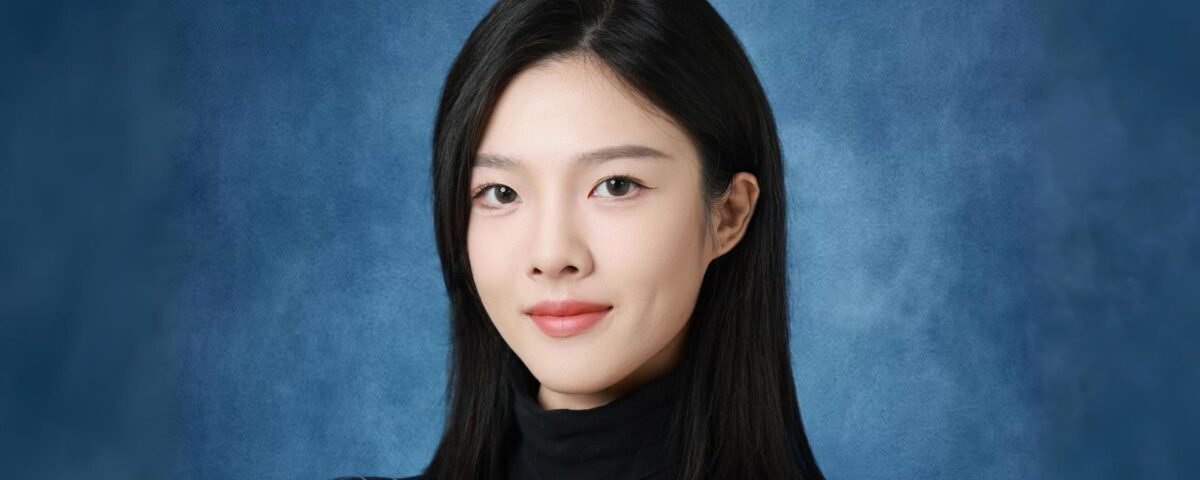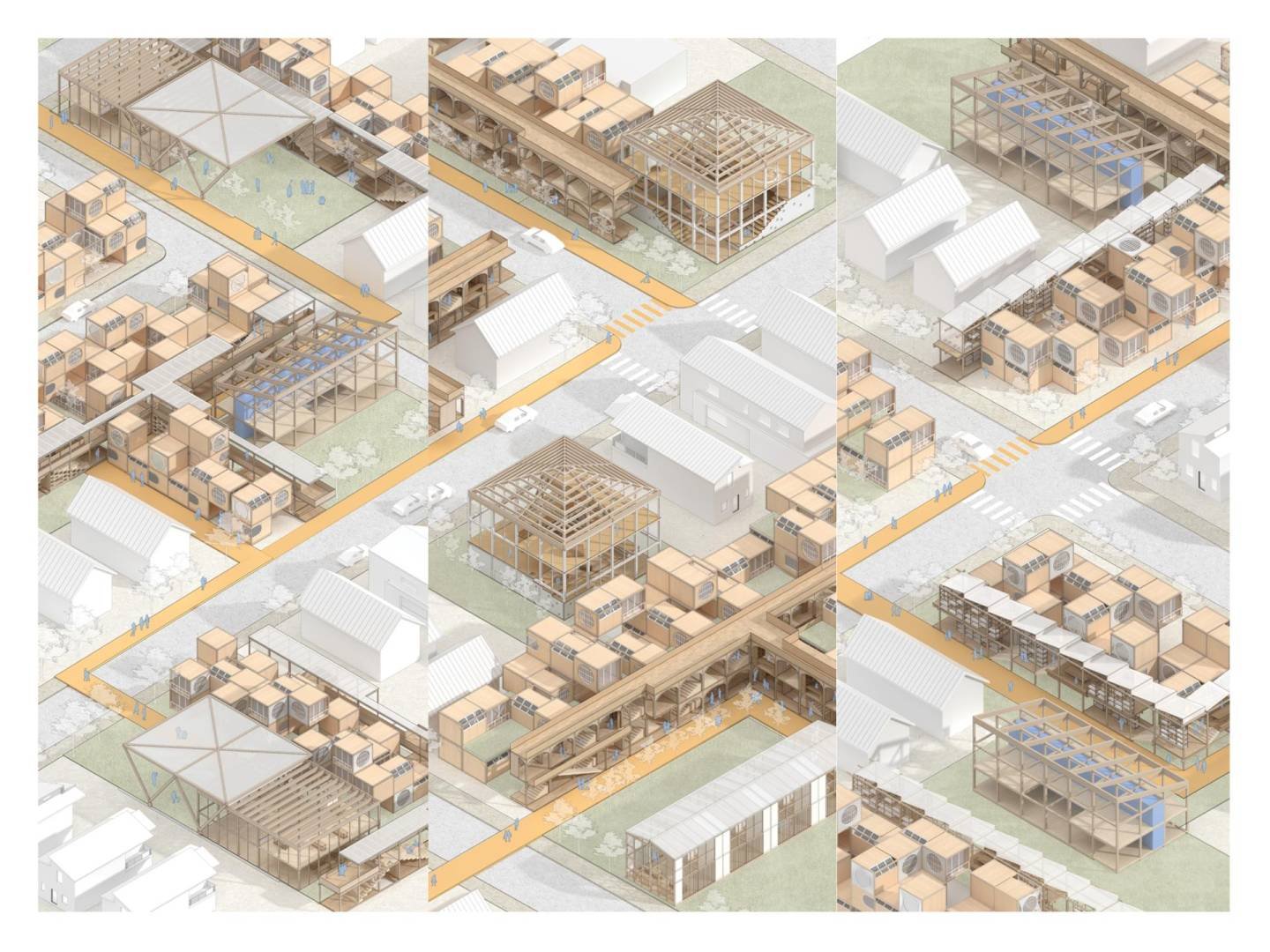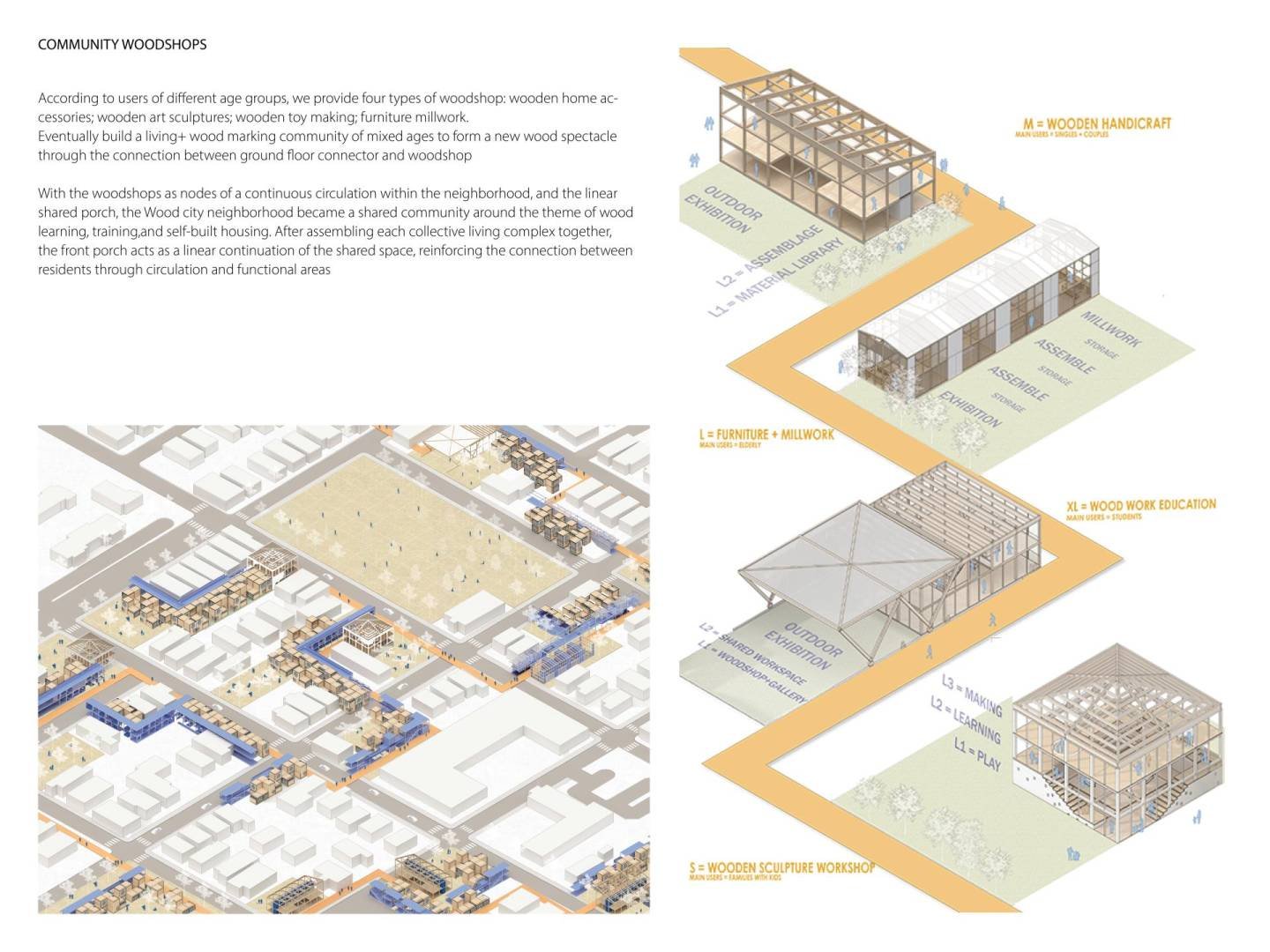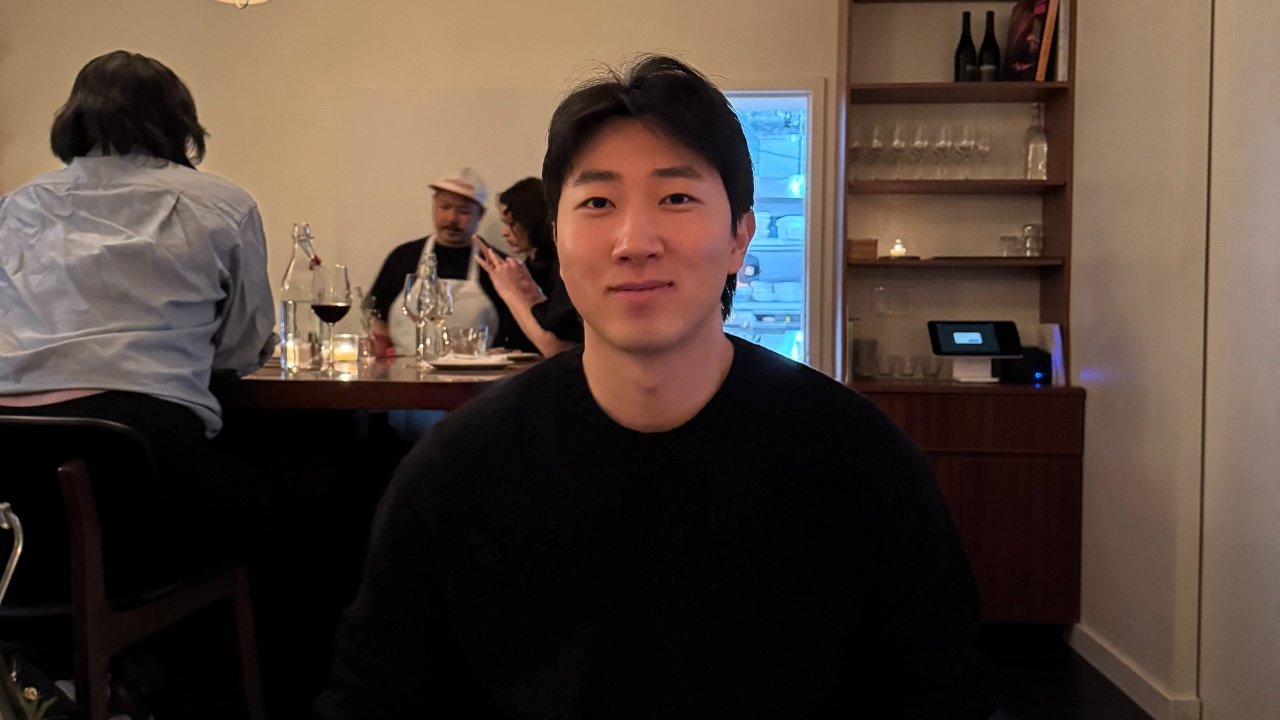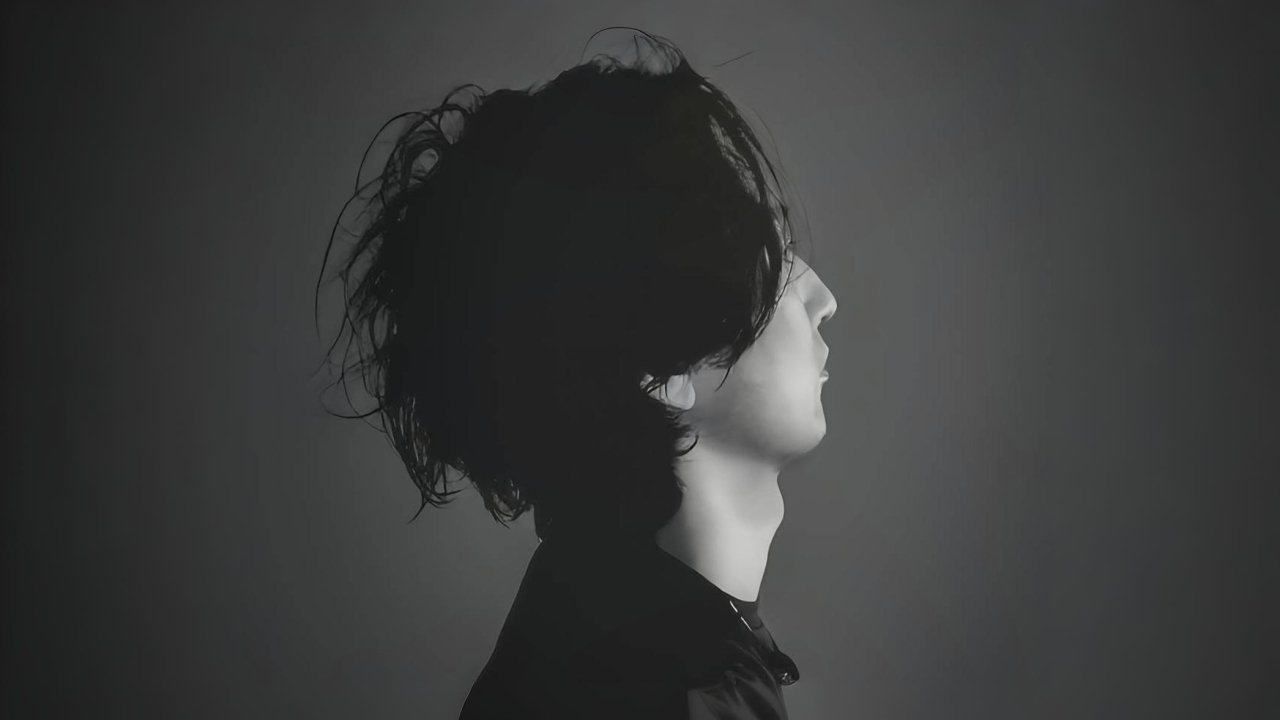
Building Better Worlds, One Space at a Time with Mengyu Zhao
July 2, 2025
From Concept to City: Chuan Liu Creates a Driven Urban Design
July 2, 2025Ruxuan Zheng
Ruxuan Zheng is an emerging architectural designer exploring how small-scale, community-driven design can empower overlooked and displaced populations. Her work focuses on adaptive frameworks that promote collective living, drawing inspiration from socially responsive architecture and the quiet strength of shared spaces.
As a young designer, I’ve been thinking a lot about what kind of impact architecture can actually have, especially in communities that are often overlooked or displaced. This project isn’t about a finished building or a flashy form. It’s about creating a framework that gives people tools to reclaim ownership over their space and future.
I saw the NY Architectural Awards as a platform that values meaningful, forward-thinking work, and I wanted to share this idea—that design can be small-scale, local, and still deeply transformative.
I grew up surrounded by stories about buildings—not just how they looked, but what they meant to the people who used them. My grandmother was involved in traditional Chinese garden design, and my mother practices modern architecture, so design was always part of my life. But what really drew me in was realizing that architecture isn’t just about form—it’s about shaping how people live, move, and relate to each other.
Over time, I became more interested in the social side of architecture: how it can respond to displacement, inequality, and environmental change. That’s what keeps me motivated—designing spaces that connect people and support their everyday lives in meaningful ways.
When I visited the site in Atlanta during my time at GSAPP, I had the chance to talk to local residents face-to-face. I honestly didn’t know how they’d react—this is a community that’s been through a lot, from disinvestment to displacement. But their response really stayed with me. They appreciated that the project wasn’t about outsiders coming in to impose a fix, but about offering tools for the community to take the lead.
Hearing that from them made me realize the ideas we were working on could actually resonate beyond the academic context. It was a reminder that good design doesn’t have to be flashy—sometimes, just being respectful and rooted is what makes it powerful.
My teammates and I feel incredibly encouraging to receive this recognition. It’s a reminder that ideas rooted in care, community, and long-term thinking can still stand out, even without big budgets or flashy visuals.
This project came from a place of questioning what architecture can do beyond form, and having that be seen and valued means a lot. It gives me confidence to keep exploring work that sits at the intersection of design, equity, and collective agency.
This award encourages me to keep trusting my instincts—to keep asking difficult questions about who architecture is for, and how it can serve people beyond aesthetics. It’s a reminder that even as a young designer, it’s possible to create work that’s meaningful and grounded.
Moving forward, I hope to keep developing projects that are both conceptually strong and socially engaged—whether that’s through community-led frameworks, material research, or site-specific strategies.
I’ve always been drawn to the idea of designing collective housing that balances individuality with community—a place where people not only live, but connect, share, and grow together. I think a lot about Liu Jiakun’s work, especially how he approaches architecture as a response to both social trauma and everyday life. His projects feel deeply human. I’m also inspired by Le Corbusier’s Unité d’Habitation—not just as a form, but as an early experiment in how architecture could shape collective living.
One day, I’d love to create a project that brings those ideas into a contemporary context—something modest, adaptive, and community-run. A place built with local materials, where public space is just as important as private space. That dream keeps me thinking about how architecture can quietly support a better way of living, especially in cities where loneliness and displacement are becoming more common.
Winning Entry
Wood City | 2025 NY Architectural Design Awards
This project proposes a new framework for collective stewardship—one that reclaims power, autonomy, and agency by equipping residents with the tools to shape their own futures. Rooted in a bottom-up design strategy, the proposal links a historically displaced community in Vine City... (read more here)
Ruxuan Zheng
Ruxuan Zheng is an emerging architectural designer exploring how small-scale, community-driven design can empower overlooked and displaced populations. Her work focuses on adaptive frameworks that promote collective living, drawing inspiration from socially responsive architecture and the quiet strength of shared spaces.
Explore more design insights in Building Better Worlds, One Space at a Time with Mengyu Zhao here.

